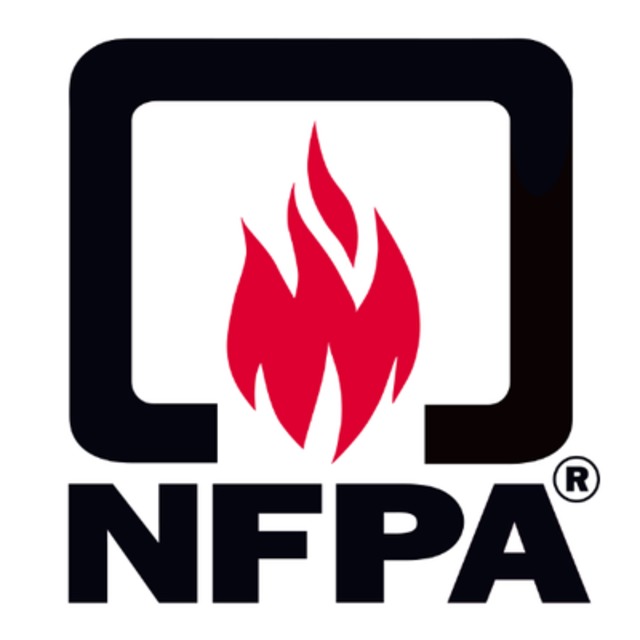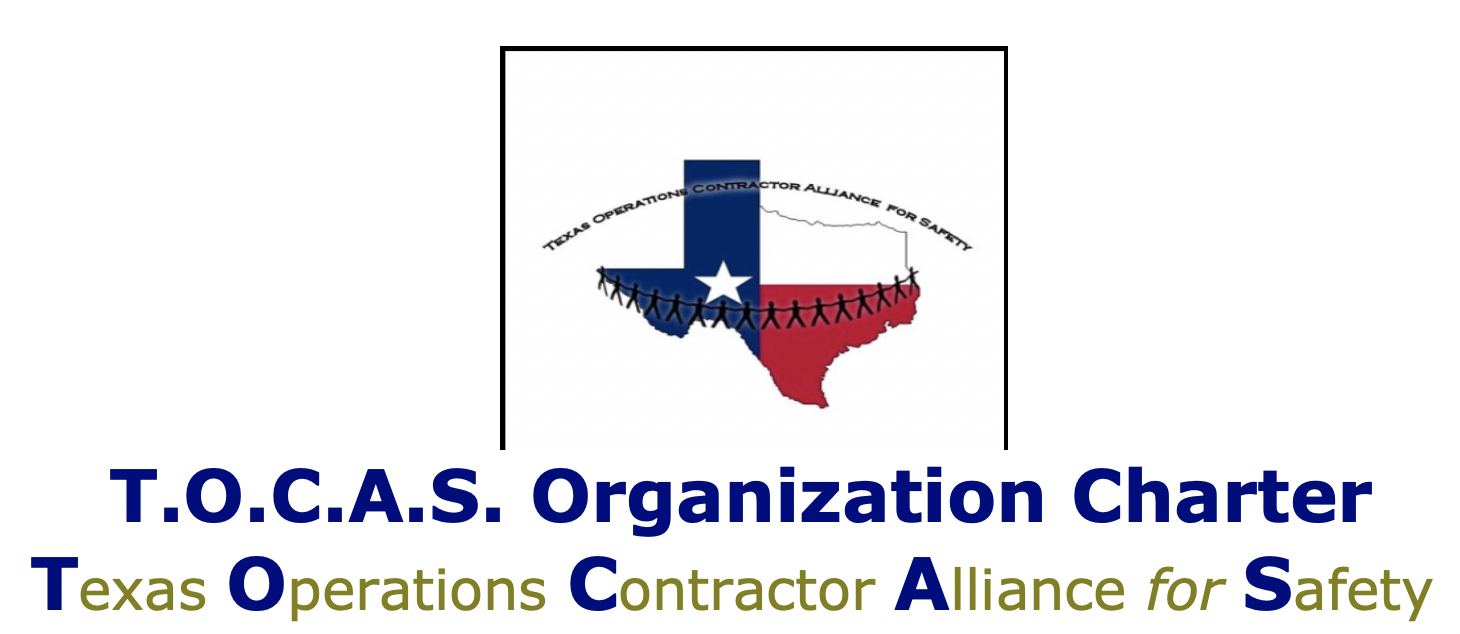Regardless of what CSB highlights in this video... TORQUE VALUES MATTER and having your Emergency Escape Respirator on your person all played a role in this accident!
Also, SIMOPS is a term discussed the video. CLICK HERE to see a great, and FREE, safety document explaining SIMOPS from our friends at the CCPS.
I also implore you to read my 87 articles on "Line Breaking", several of which I discuss how the risks increase based on where the break/opening is occurring and how this may require increased levels of PPE.
TWO means of egress, opposite ends of the elevated platform, are needed. A fixed ladder, used for emergency egress only, could have changed the tragic outcomes. Although the video states there is a lack of guidance on this topic, yet we can apply OSHA's 1910.36 requirements (as I do in my PHA's)
|
1910.36(b)(1) Two exit routes. At least two exit routes must be available in a workplace to permit prompt evacuation of employees and other building occupants during an emergency, except as allowed in paragraph (b)(3) of this section. The exit routes must be located as far away as practical from each other so that if one exit route is blocked by fire or smoke, employees can evacuate using the second exit route. |
The U.S. Chemical Safety and Hazard Investigation Board (CSB) released a new safety video on its investigation into the fatal release of hydrogen chloride at the Wacker Polysilicon North America facility in Charleston, Tennessee, on November 13, 2020. One contract worker was killed - and two others were seriously injured - when attempting to escape the release.
The CSB's new safety video, “No Way Down: Chemical Release at Wacker Polysilicon,” includes an animation of the events leading to the incident.
The CSB’s investigation found that at the time of the incident there were multiple contract workers present on the fifth floor of an equipment access platform at the facility. The contract workers were from two different firms, conducting different work, and were wearing different levels of Personal Protective Equipment. One of the workers applied excessive torque to flange bolts on a heat exchanger outlet pipe containing hydrogen chloride, causing the pipe to crack and release the hazardous chemical in the vicinity of the workers.
There was only one way to exit the platform – via a staircase. As the white cloud of hydrogen chloride expanded, the workers on the platform were not able to see their surroundings or access the staircase. Three of the workers who were not wearing full-body chemical resistant suits began climbing down the side of the structure to escape the hazardous cloud. All three workers fell approximately 70 feet during their attempt to escape. One of the workers died from the fall, and the other two sustained serious injuries.













